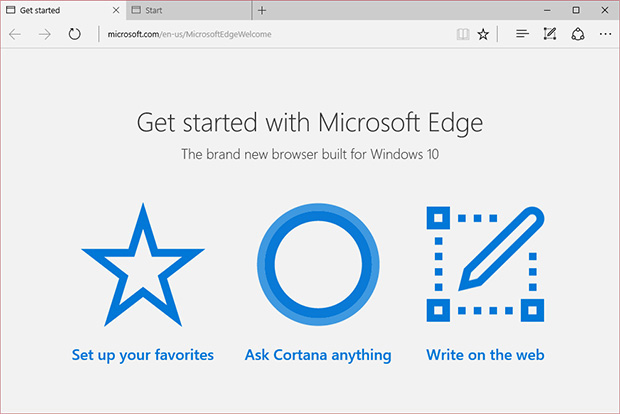Windows 10 Users Still Reject Nascent Edge Browser Ahead Of Aggressive Upgrade Push
Microsoft is really pushing its Windows 10 operating system, and many people are actually taking the plunge. After all, Windows 10 is free upgrade for customers running Windows 7 and Windows 8, so it’s a compelling option for those that want to have the latest and greatest operating system at their fingertips. Windows 10 adoption is growing at a steady clip, with one recent report suggesting that global installs have topped 200 million.
However, the same cannot be said for Microsoft’s Edge browser, the successor to the venerable Internet Explorer (now on version 11). New data from NetMarketShare shows that Windows 10 users haven’t exactly warmed up to Edge. In fact, the nascent browser is actually losing instead of gaining market share, which can’t exactly be good news for the folks in Redmond, Washington.
For the month of December, Internet Explorer 11 took top honors in the desktop browser market with a 25.57 percent share. Chrome 47 was in a distant second with a 15.68 percent share, while Internet Explorer 8 and Internet Explorer 9 rounded out the top four with 8.95 percent and 6.67 percent shares respectively.

Despite the fact that Windows 10 now accounts for just under 10 percent of the desktop operating system market, its complimentary Edge browser had just a 2.25 percent share of the desktop browser market in December. This is actually down a half a percent from its performance in November, when Edge managed to pull in a 2.84 percent share of the desktop browser market.
For Microsoft’s sake, we hope that this is just a temporary disturbance in the force. The company has plenty of opportunity to creep up in market share in the coming months, as it will start aggressively pushing Windows 10 upgrades for Windows 7 and Windows 8 users that haven’t already made the jump.
And Microsoft can still grab some additional users that may be holding off giving Edge a shot due to the lack of extensions support. Luckily for those users, Microsoft appears to be inching closer to introducing that support within the coming months.

